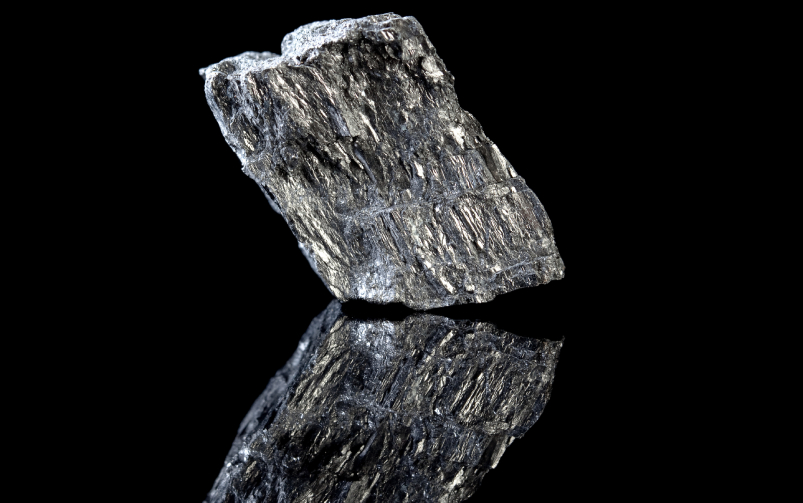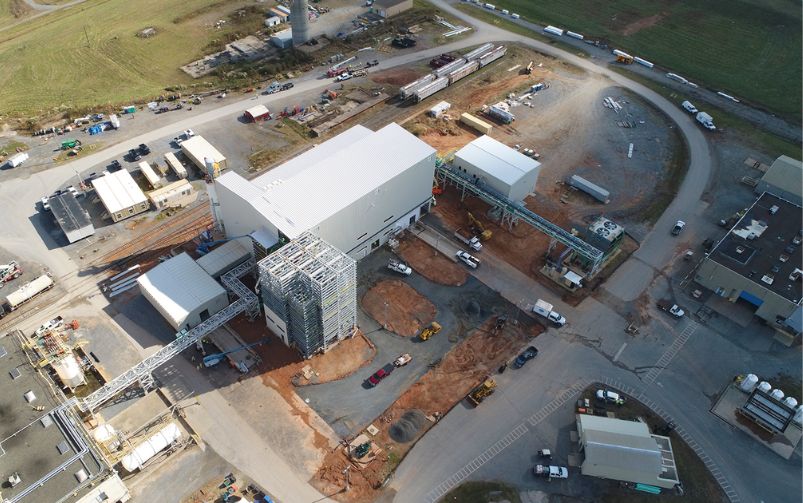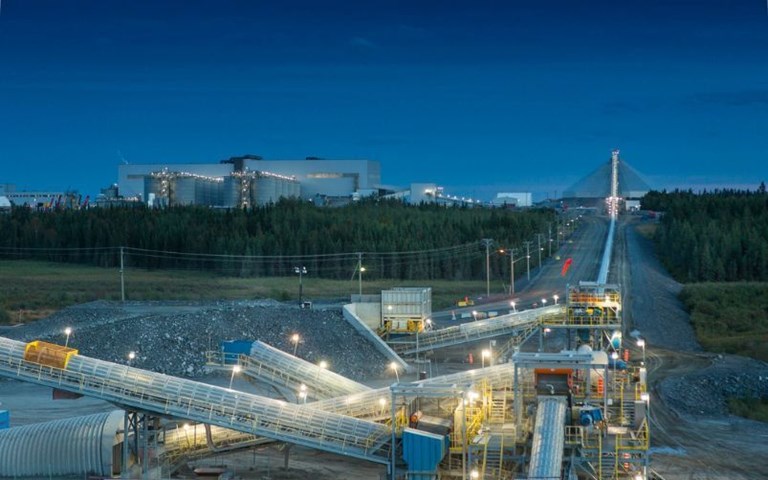Agnico Eagle is planning improvements to the mill at its now wholly-owned Canadian Malartic mine in Quebec's Abitibi region. Courtesy of Agnico Eagle Mines
Agnico Eagle Mines has taken full control of the Canadian Malartic gold mine in Quebec’s Abitibi region – the country’s largest open-pit mine – after its deal with Yamana Gold closed on Friday.
The deal also gave Agnico control of the Wasamac project in the Abitibi gold belt and several other exploration-stage projects in Ontario and Manitoba.
Agnico Eagle and Pan American Silver announced a joint $4.8 billion acquisition of Yamana in November, beating out Gold Fields’ initial offer. The deal saw Pan American purchase Yamana’s issued and outstanding shares and add four mines to its profile, and Agnico walk away with Yamana’s Canadian assets.
Agnico said in a press release its acquisition of Canadian Malartic and Wasamac were part of its strategy to “solidif[y] its presence” in the Abitibi gold belt of Ontario and Quebec, “a region of low political risk and high geological potential.”
The company forecasted its production from its operations in the gold belt, which also includes its LaRonde Complex, Goldex mine and Detour Lake mine to be between 1.9 million and 2.1 million ounces of gold per year through to 2025.
In its 2022 annual results, released in February, the company said it planned to focus on “optimizing its expanded strategic positions" in the Abitibi in 2023 by improving mill throughput at Canadian Malartic and LaRonde. The improvements are expected to create excess mill capacity of 40,000 tonnes per day at Canadian Malartic by 2028 and 2,000 tonnes per day at LaRonde Zone 5 by the second quarter of this year.
“By maximizing the mill throughput in the region, the company believes there is potential to increase future gold production at lower capital costs and a reduced environmental footprint,” the company said in its results. Agnico said it could add roughly 20,000 ounces of extra production in 2024 and scale up to an additional 500,000 ounces of gold per year by 2030.
It said its Wasamac, Macassa near-surface deposits, Upper Beaver and other Kirkland Lake satellite deposits could be potential future sources for the extra mill capacity.




